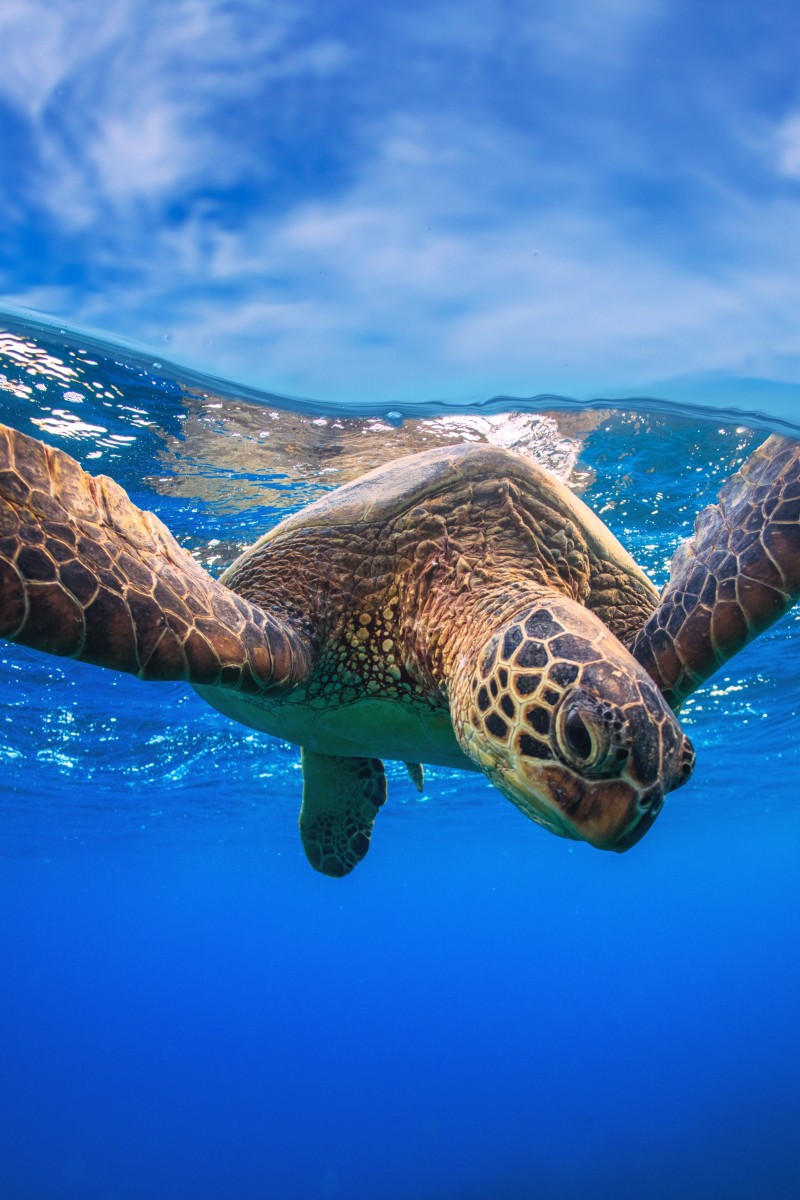
What do turtles eat? Are all turtles reptiles? Are turtles older than dinosaurs? Find out the answers to these turtle-y awesome questions here
 A turtle refers to any reptile with a shell, so all tortoises are technically turtles too
A turtle refers to any reptile with a shell, so all tortoises are technically turtles tooToday we celebrate World Turtle Day, a special day dedicated not only to showing our love for these wonderful creatures, but also protecting them and keeping their home clean to make sure they don’t become extinct.
Whether you’re a lover of all sea animals or prefer them as weapon-wielding, pizza-eating ninjas, here are some interesting facts about the water-dwelling reptiles that might surprise you.
1 Even older than retro
Turtles date back more than 200 million years ago, and are said to be as old as some dinosaurs. They belong to one of the oldest reptile groups, beating lizards, snakes, and even crocodiles.
2 A tortoise by any other name
A turtle refers to any reptile with a shell, so all tortoises are technically turtles, too. The main difference is that tortoises live only on land, while turtles can live both on land and in water. Semi-aquatic turtles have webbing between their toes, and aquatic turtles have flippers instead of feet. Turtles also have flatter shells that are specially adapted for swimming, while tortoises have dome-shaped ones.
3 Just like vibranium
A turtle’s shell is covered in scutes, bony external plates made of hard layers of keratin – which makes up hair, horns, nails, hooves, shells, beaks, feathers, and the outer layer of human skin. This tough shell works like a shield to protect them from danger.
4 Permanent baggage
The shell is also part of a turtle’s skeleton. The upper shell is called the “carapace”, and the lower shell is called the “plastron”. Unlike crabs, a turtle cannot change or shed its shell. As the turtle grows, so does its shell. The scutes on its shell peel away to make room for bigger ones.
5 Keep your flippers inside the shell at all times
Not all turtles can hide their heads inside their shells, and those that can, do so to varying degrees. Most land turtles can retract their heads, legs and tails enough to protect themselves from predators. Some species, like mud turtles, can actually retract their limbs and then clamp the shell closed. Sea turtles, on the other hand, have flippers that are permanently outside the shell.
6 All shapes and sizes
There are more than 300 different species, and the largest is the leatherback sea turtle. It can grow up to 900kg. The smallest turtle is the speckled padloper tortoise that grows between six and eight centimetres and weighs no more than 165g.
8 A diet for every climate
A turtle’s diet depends on where it lives. Turtles that live on land usually eat beetles, fruit and grass. Also, some turtles such as the loggerhead sea turtle and Kemp’s ridley sea turtle are carnivores (meat-eaters), green sea turtles are herbivorous (plant-eaters), and hawksbill sea turtles eat sea anemones and jellyfish. So ... that makes them pescatarian?
8 Gender fluidity
Although most turtles live in or near water, they lay their eggs on land, in the sand, and leave them to hatch on their own. For some species, the hatchlings gender depends on the temperature within their nest – higher temperatures produce female baby turtles. Once hatched, the young turtles must make their way to the top of the sand and into the water quickly to avoid being eaten by predators.
9 Too much salt
Sea turtles have a special salt gland that helps them maintain the right salt level in their bodies. The excess salt is released from their eyes in the form of tears. Here’s a wild fun fact: in the Amazon, butterflies drink the tears of yellow-spotted turtles to get enough sodium in their diet.
10 But the turtle in Finding Nemo talked!?
Although turtles do not have vocal cords, they are able to make sounds. Turtles usually hiss when they are startled or upset. However some turtles such as the giant musk turtle, male Travancore tortoise and red-footed tortoises have also been known to make noises such as grunting, hooting and clucking. The South American river turtle is even known to call out to its hatchlings.
